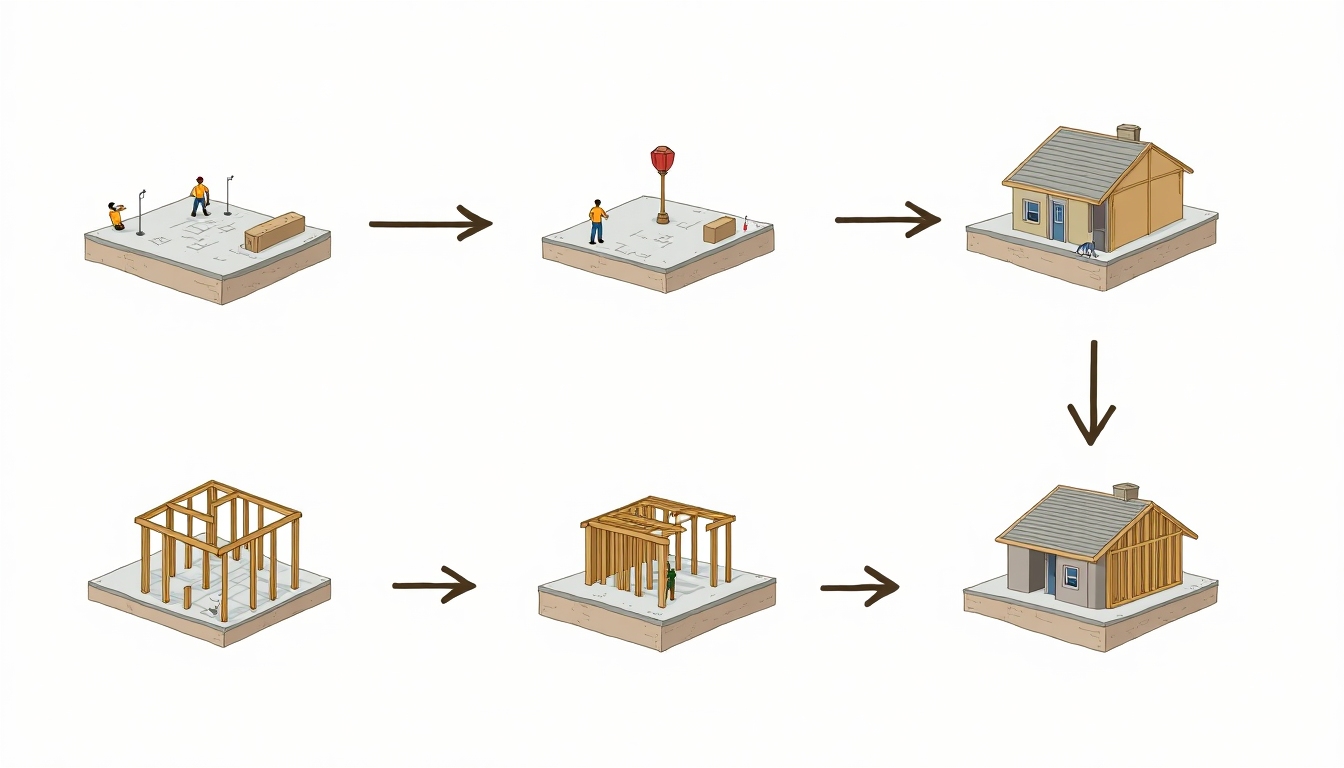Comprehensive Guide to Foundation Engineering Principles
Unveiling Foundation Engineering Principles
Understanding the core principles of foundation engineering is essential for constructing safe and durable structures. This article walks you through the basics, from slab foundations to comprehensive foundation design, offering practical insights into each element.

What is Foundation Engineering?
Foundation engineering plays a crucial role in building structures, ensuring they stand firm against natural forces. Essentially, it's about designing the base of a building that reliably transfers its weight into the ground. By mastering these principles, you prevent structural failures and safeguard investments.
Key Foundation Engineering Principles
- Site Analysis: Before laying any foundation, it's crucial to analyze the soil and landscape. Different soil types mean different foundation needs.
- Load Bearing: Foundation engineers must calculate how much weight a foundation can support.
- Soil Stabilization: Involves improving the soil’s ability to support weight. Techniques include compaction, drainage solutions, and more.
- Foundation Depth: Higher structures typically require deeper foundations for added stability.
- Material Selection: Choice of materials affects durability and suitability for environmental conditions.

Personal Insights into Foundation Engineering
Having spent years in the construction industry, I’ve seen how foundational failures often stem from inadequate analysis or cutting corners in material choice. Once, a project almost went off track because the soil analysis was overlooked. This experience taught me the invaluable lesson of never underestimating "site analysis" and the need for diligent planning.

Slab Foundations: A Popular Choice
Slab foundations, a staple in residential construction, involve a single layer of concrete poured several inches thick onto a bed of crushed stone. Ideal for warm climates, they offer a cost-effective, termite-resistant foundation.
Benefits of Slab Foundations
- Cost-Effective: Cheaper to install than other foundation types.
- Energy Efficiency: Provides good thermal properties.
- Low Maintenance: Fewer repairs are needed over time.

When to Use Slab Foundations
Slab foundations are suitable when: - The construction site is level - The load bearing requirements are moderate - Speed of construction is a priority
Choosing the correct type of foundation is pivotal to the structure's longevity. Structural engineers often prefer slab foundations for projects focusing on budget and time efficiency.

Crafting the Perfect Foundation Design
Foundation design involves integrating structural requirements with environmental factors, ensuring stability and safety. Here’s a simplified list of steps typically involved:
- Determine Structural Needs: Assess building size and weight.
- Soil Testing: Conduct thorough geotechnical analysis.
- Design Development: Incorporate results into a detailed design plan.
- Material Choice: Select materials tailored to climate and durability needs.
- Implementation Strategy: Plan the construction timeline effectively.

Summary and Final Thoughts
In conclusion, foundation engineering is vital to any building’s success, balancing safety, and cost efficiency. By understanding core principles and selecting the right foundation type, you ensure that buildings stand the test of time. Remember, thorough site analysis and a well-thought-out design are non-negotiables.
Investing in proper foundation engineering principles right from the start saves time, money, and enhances safety.





